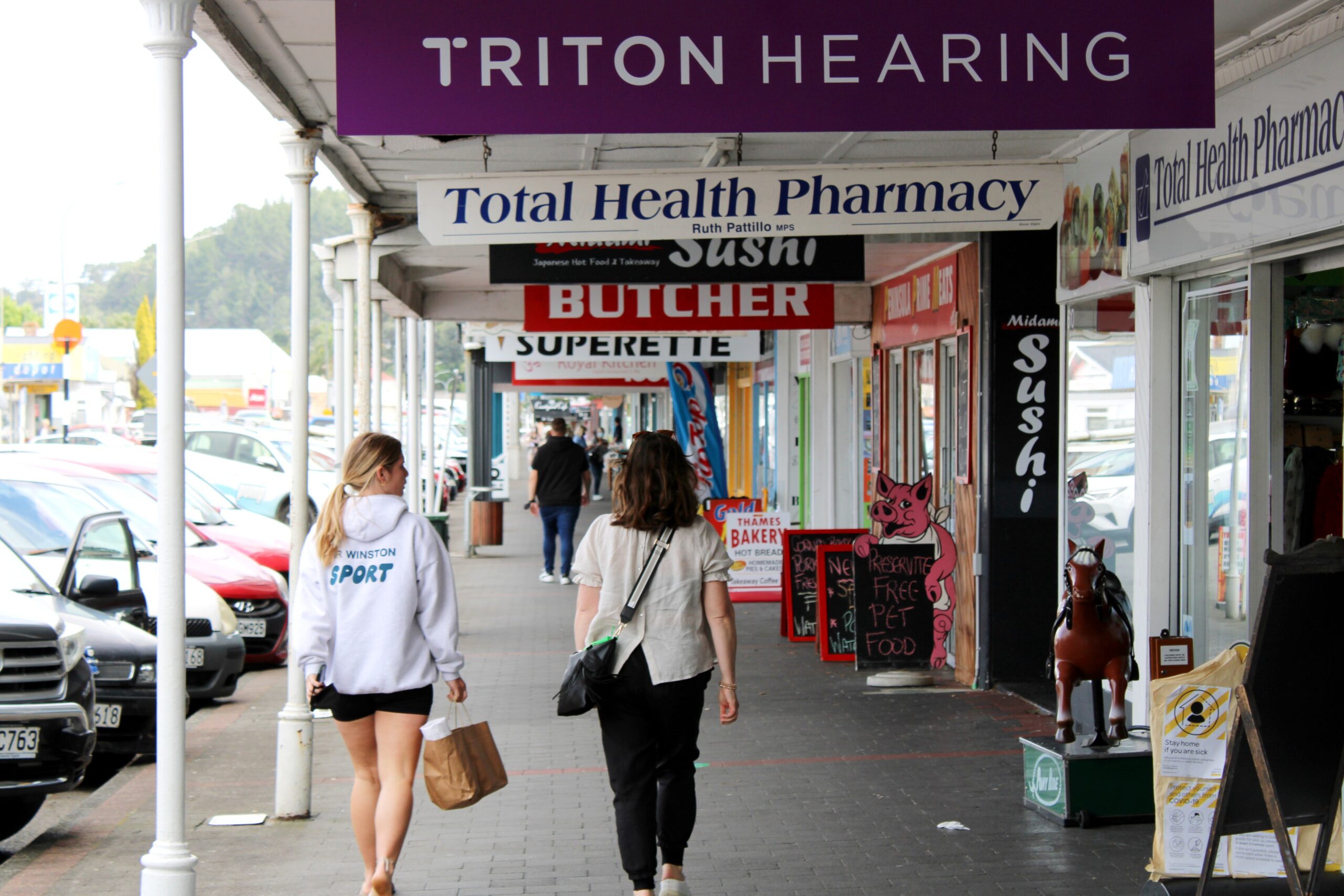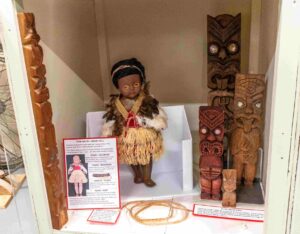The Hauraki-Coromandel rohe suffered the greatest decrease in visitor spend across the country in January.
This, coupled with 54,148 less vehicle movements in and out of Thames via Kōpū in February, will make for an “extremely challenging year” amid the closure of the district’s major highway.
Destination Hauraki Coromandel general manager Hadley Dryden told The Profile the area was hit the hardest in January when it came to visitor spending, compared to the same time last year.
Electronic card transactions recorded a 30 per cent drop in visitor spend for the region compared to a 24 per cent increase across New Zealand.
“However, spend in Hauraki-Coromandel was still the 10th highest of the 38 areas measured, at $50.56m, demonstrating the huge importance of tourism to the region’s economy,” Hadley said.
“The measured deficit of $22m does not include online purchases or cash payments, so the actual loss will be significantly greater still.”
As expected, Hadley said, given the impact of weather events, Thames-Coromandel suffered a greater decrease than the Hauraki district, down 32 per cent and 21 per cent, respectively. Coromandel and Colville, Whitianga, Thames, Whangamatā and Tairua recorded decreases of at least 30 per cent, with all other communities between 15 and 25 per cent down.
“Thames services many of the other communities in the region, so the town will also feel the impact from decreased day trips from people in the district shopping locally, as they can’t just pop over the Kopu-Hikuai road,” Hadley said.

“Roading resilience is the overall priority and the return of SH25a is critical for the region.”
In February, 2023, the Thames Business Associated reported that 275,077 vehicles entered and departed Thames/Kōpū and 17 stolen vehicles or number plates were recorded.
For three days during Cyclone Gabrielle, traffic was down by around 50 per cent, with just 5207 vehicle movements on the 12th; 4640 on the 13th; and 4345 on the 14th.
This is compared to February, 2022, in which there were 329,225 vehicles travelling in and out of Thames, and 12 stolen vehicles or number plates.
Hadley said the current status of the rohe’s roading network was going to make for “an extremely challenging year”.
Destination Hauraki Coromandel had recently launched a ‘Welcome to our World’ campaign, and Hadley said advocacy for business support hadn’t stopped.
“We have a great opportunity to promote the loop and all the towns and communities along the way, and likewise, businesses have the opportunity to appeal to new visitors who wouldn’t typically travel past,” he said.
“Keep doing the basics well – consistently delivering a quality experience is half the battle won.
“If people have an awesome experience, they’ll tell others and come back, which is important as visitor numbers won’t be the same while the roads are being repaired.”
Thames-Coromandel District Council has meanwhile opened applications for its Business Recovery Grants following Cyclone Hale and Cyclone Gabrielle.
According to Mayor Len Salt, central government was funding $25 million in recovery support to businesses in seven North Island regions, and Thames-Coromandel was administering $1.42m of it.
“[It] will enable us to further support local business operators who have been suffering in the wake of these storms,” Mayor Salt said.
To be eligible, applicants must be experiencing significant cashflow issues due to continued challenges with customer access, ability to source stock, supply chain issues, inability to operate as usual due to the physical damage to equipment or premises, or delays in insurance assessment and repairs.
Applications will be assessed by an independent advisory panel and close on March 31.





